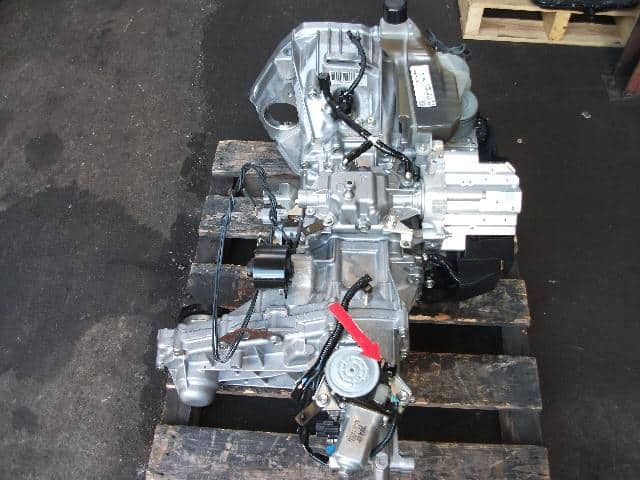- Vw Tiptronic Problems
- Tiptronic Transmission Fluid
- Tiptronic Transmission Review
- Porsche Tiptronic Transmission

Vw Tiptronic Problems

The great strength of this classic torque-converter transmission lies in its remarkably smooth shift action and starting performance. Audi uses tiptronic in many models with longitudinally mounted engines, with either six or eight gears depending on the model line.
Tiptronic Transmission Fluid
The eight-speed tiptronic in the large Audi models has been redeveloped from the ground up. Its overall gear spread of 7.0:1 is unusually large. It reduces fuel consumption by roughly 6 percent over the six-speed tiptronic in the previous model of the Audi A8. The eight speeds keep the jumps in engine speed between gears low, and the engine always runs in the vicinity of its ideal operating point. Gearshifts are smooth, eager, fast and highly flexible.
The wheelsets and shift controls have a novel design. As a result, the eight-speed tiptronic in the Audi A8 requires even less installation space than the six-speed unit used in the top-of-the-line engines in the previous model, and has fewer distinct individual parts.
The torque converter lockup clutch and integrated damper also play an important role in the efficiency concert. The clutch is closed during normal driving and connects the transmission directly to the engine. It works with limited slip in certain situations, which interacts with the dampers to permit very low engine speeds without the occurrence of vibrations.
When the car is at a standstill, an internal coupling disconnects the transmission from the engine, even if the selector lever remains in position D. This prevents losses caused by oil circulating in the converter. As soon as the driver releases the brake, the clutch engages again, and the damping effect of the torque converter ensures a smooth start.
The Dynamic Shift Program (DSP) that controls the eight-speed tiptronic is a small steel box housed inside the shifting unit. It uses a high-speed processor. In mode D, the DSP prefers high gears and low engine speeds in the interest of efficient driving; in the sporty S mode, it stays in the gears longer during acceleration. In the Audi A8, the selector lever communicates purely electronically, with no mechanical connection to the transmission (shift by wire).
The eight-speed tiptronic is able to work together with the Audi start-stop system. To this end, it features a small, continuously filled hydraulic reservoir. When restarted after a stop, the oil that it contains – roughly 100 milliliters (3.38 fl oz) – is forced into the actuating elements required for startup by a spring tensioned piston. The transmission is ready for operation very quickly.
Tiptronic Transmission Review

Tiptronic transmissions are built to operate the same way as automatic systems, with the car’s onboard computer manually shifting gears. In order to engage the manual functions, the system will have either an additional gate within the gear lever or buttons mounted on the steering wheel. In this video I show you how to use the tiptronic mode on an automatic transmission. This is how you do it:Put the vehicle in drive. When you begin to accele. First introduced by Porsche, the Tiptronic is not an electronically activated manual transmission, as one might find in some higher-end applications. It is an automatic transmission specifically designed to be manually shifted with either the wheel mounted paddles or standard sequential shifter. Oct 05, 2015 Benefits of Volkswagen Tiptronic Mode. The benefits of Volkswagen’s Tiptronic mode, as opposed to a fully automatic or manual transmission, is that you kind of get the best of both worlds. You can take control with manual shifting when needed or enjoy effortless driving with automatic transmission operation. A Tiptronic transmission is an automatic transmission that can be controlled like a manual transmission. In a standard automatic transmission, a computer selects which gear the car should operate in, but a Tiptronic transmission gives this control to the driver.
Porsche Tiptronic Transmission
Status: 2011
